Chicken Coop Landscaping Ideas
Do you have a chicken coop/run that looks like it’s missing that “extra something?”
There are so many creative elements you can add to the exterior of your coop to make it attractive. Coops can be dressed up with decorative items, repurposed things, vibrant paint colors, plants, and so much more. For many chicken owners, the love of chickens spills over into creating a coop that is unique and a real conversation starter. You’d be amazed at how a coop quickly turns into a piece of artwork!
Boy, have we got some chicken coop landscaping ideas for you! But before you run out and start buying up plants all willy nilly, let’s look at a few of those plants that we have to keep our chickens away from. The last thing we want is to plant things that are toxic or harmful to our chooks!
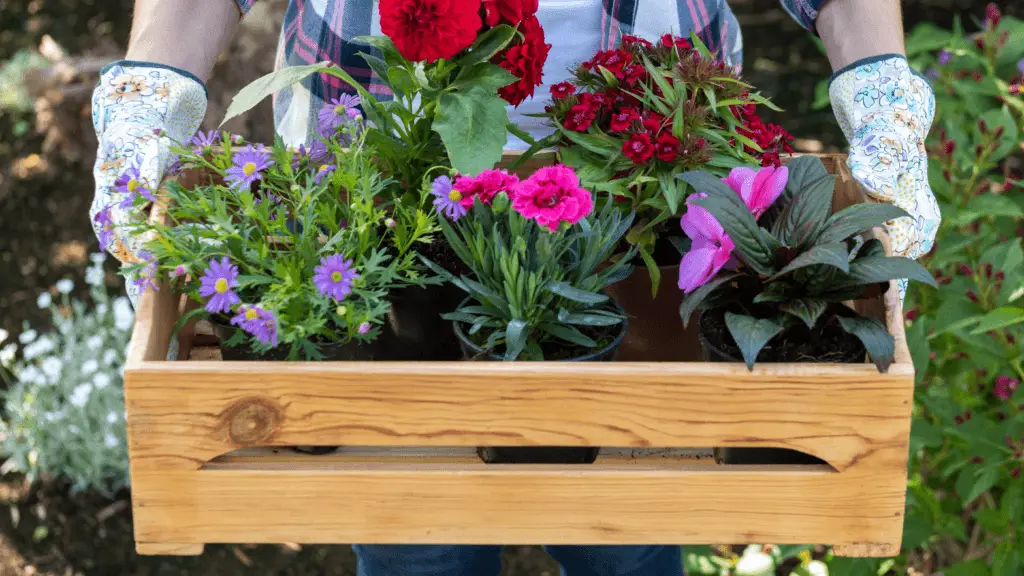
Safe vs. Unsafe Plants
Chickens notoriously peck, uproot, and eat plants, so any greenery within their reach must be safe for them. We have listed toxic plants that you should avoid. As far as safe plants, what do you put around a chicken coop that won’t harm chickens? There are numerous plants that are safe to use around chickens (see infographic.)
Please use caution when selecting mulch or wood chips in coop-scaping. Dyed and colored mulches are toxic for chickens as well as walnut and oak woods. Pine and cedar wood/shavings cause respiratory problems for chickens, so it’s best to stay away from those as well. Wood chips, shavings, and mulch have the potential of causing splintering for chicken’s feet. Those splinters easily lead to bumblefoot. If you are concerned about using any wood for landscaping, gravel (small pebble) is a great alternative.
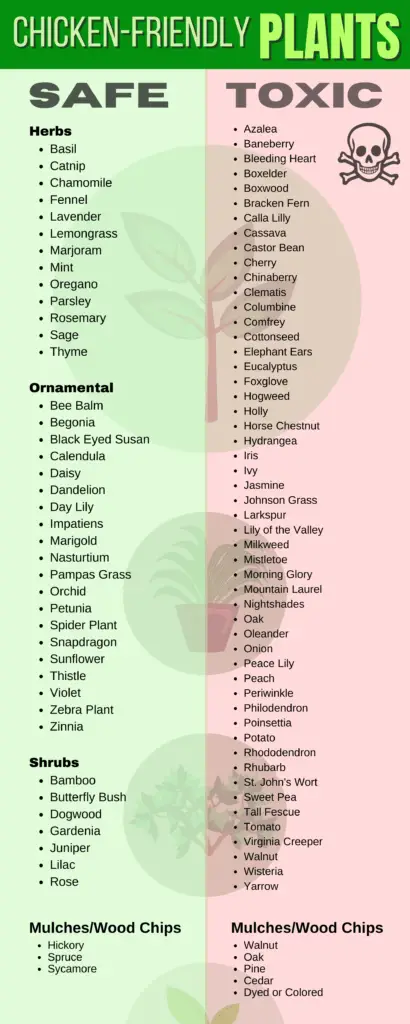
Pros and Cons of Coop-Scaping
As with all projects, there are always going to be “the good, the bad, and the ugly.” However, the “good” outweighs coop-scaping! We want you to be aware of a “cause and effect” when it comes to putting plants within reach of the beak.
| Pros Adds beauty to the coop area. Provides protection for the chickens with a windbreak and shade. Chickens have a more stimulating environment. Attracts pollinators. Edible plants provide chickens a source of healthy herbs, and a snack. Attracts insects that chickens love to eat! Working with plants and getting your hands into the soil elevates your mood and is a great stress buster! Coop-scaping is a fun family project. You can add artwork and little accoutrements to your planted areas. | Cons Chickens can easily destroy plants because of scratching, pecking, and snacking on them. Unless you thoroughly research and know which plants are safe or toxic for chickens, you may mistakenly plant the wrong thing. Plants require maintenance, such as pruning and watering. Predators and pests such as snakes and mice can easily hide in dense plants. Wood chips, shavings, and mulches can cause bumblefoot. |
Like this post? Pin it
Landscape Inspiration
So, now we have the unpleasantries behind us, let’s dig into the fun stuff and see what we can do to get you pumped and inspired for some coop-scaping!
If dyed and colored mulches are toxic for chickens, what is the best ground cover for a chicken coop? You have the option of using gravel, or other wood chips/mulches that are made from non-toxic wood (see infographic.)
Edible
Remember, any plant that is with the reach of the beak is fair game for snacking and shredding. Many of us love spoiling our chickens, so the idea of coop-scaping with herbs is a fantastic idea. You may face having to replenish your herb plants as your chickens peck them clean of green! To solve this dilemma, you can continually seed more in your house and plant the seedlings when they are big enough. We bet you’ll discover you have a green thumb in no time.
| Basil | Catnip | Chamomile | Fennel | Lavender |
| Lemongrass | Marjoram | Mint | Oregano | Parsley |
| Rosemary | Sage | Thyme |
- Prepare the area around the coop.
- Work some garden soil into the ground.
- Smooth soil out.
- Rather than cluster planting, randomly plant each individual herb plant about 1-2 feet apart.
- Water well.
- Place a good layer of mulch, wood chips, or gravel over the entire area and around each little herb plant.
- Use brick, stones, or edging to outline the landscaped area.
Incredible
Creating a multi-dimensional effect that’s centered around your coop can be achieved by using different plants. This type of landscaping does require a bit more planning and, yes, math. By staging certain plants, you get a beautiful upward-sweeping effect without losing visibility of your plants.
Front Row: herbal plants
Middle Row: flowering plants
Back Row: tall grasses, tall-growing herbs, shrubs
| FRONT ROW Basil Mint Parsley Dandelion Impatiens Marigold Violet Zinnia | MIDDLE ROW Catnip Mint Oregano Thyme Begonia Black Eyed Susan Marigold Petunia Spider Plant Zinnia Butterfly Bush | BACK ROW Chamomile Fennel Lavender Lemongrass Marjoram Rosemary Sage Thyme Bee Balm Calendula Daisy Day Lily Nasturtium Pampas Grass Snapdragon Sunflower Thistle Bamboo Butterfly Bush Dogwood Gardenia Juniper Lilac Rose |
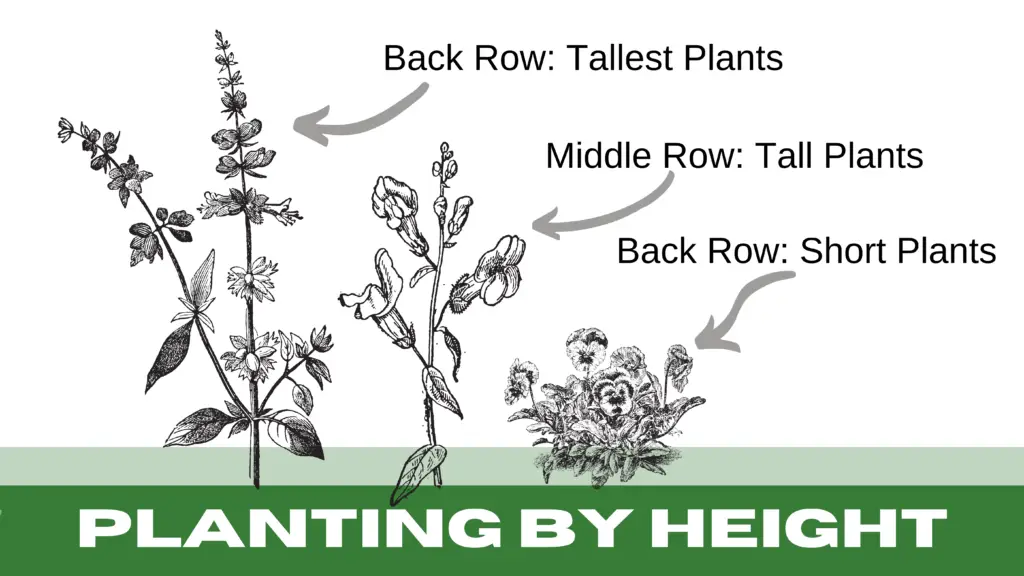
Inaccessible
If you would like a much more flexible option to coop-scaping without worrying about chickens destroying your plants, height is the key. How do you keep chickens out of landscaping? You can’t unless it’s fenced off or up out of reach.
Getting your plants up and out of beak’s reach alleviates plant destruction (for the most part.) Keep in mind that chickens do have the capability of flapping their wings hard enough to get up on tops of coops. If you happen to have a few of these acrobatic birds, you don’t stand a chance with plants placed at heights. Your coop will need to be 6 feet tall or so to get your plants up and off the ground.
- Window box planters on the sides of your coop are one option. Place them at least 4 feet above the ground.
- Hanging plants (spider plants and petunias) can be hung off the corners of the coop.
- Planter boxes can be hung off of the fascia to create a framing effect of greenery. This can be especially beautiful when plants grow and cause a “vine” habit (such as petunias.)
The Last “Cluck”
Well, there you have it! A few chicken coop landscaping ideas and inspirations. You can create as lush of a look as you want or a more minimalist appeal. All it takes is the right plants, wood chips, bricks, stones, or some gravel!
Planning is important.
- Pick your theme (drawing it out helps)
- Do a little homework to find out what plants are best for your hardiness zone.
- Pick your plants (non-toxic)
- Strategically plan the placement of your plants.
May your coop-scaping endeavor be enjoyable and beautiful! Happy “chickening!”

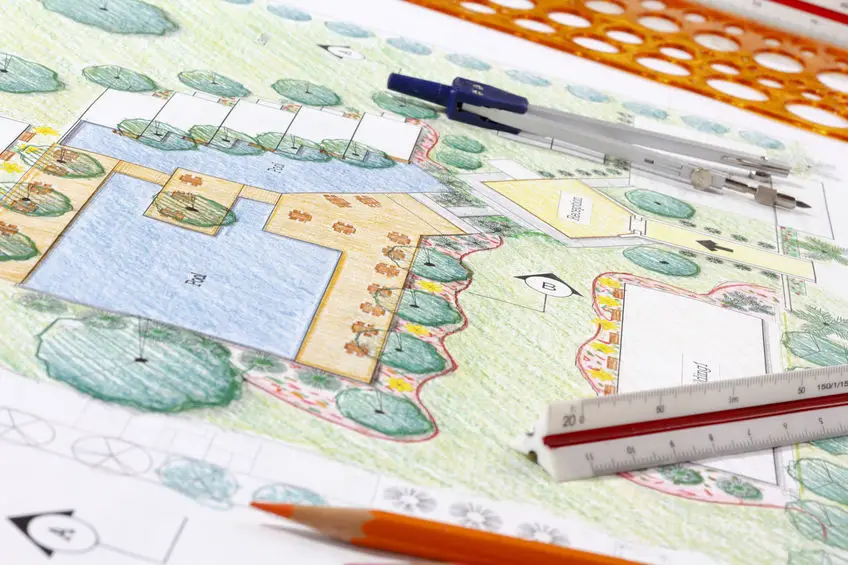
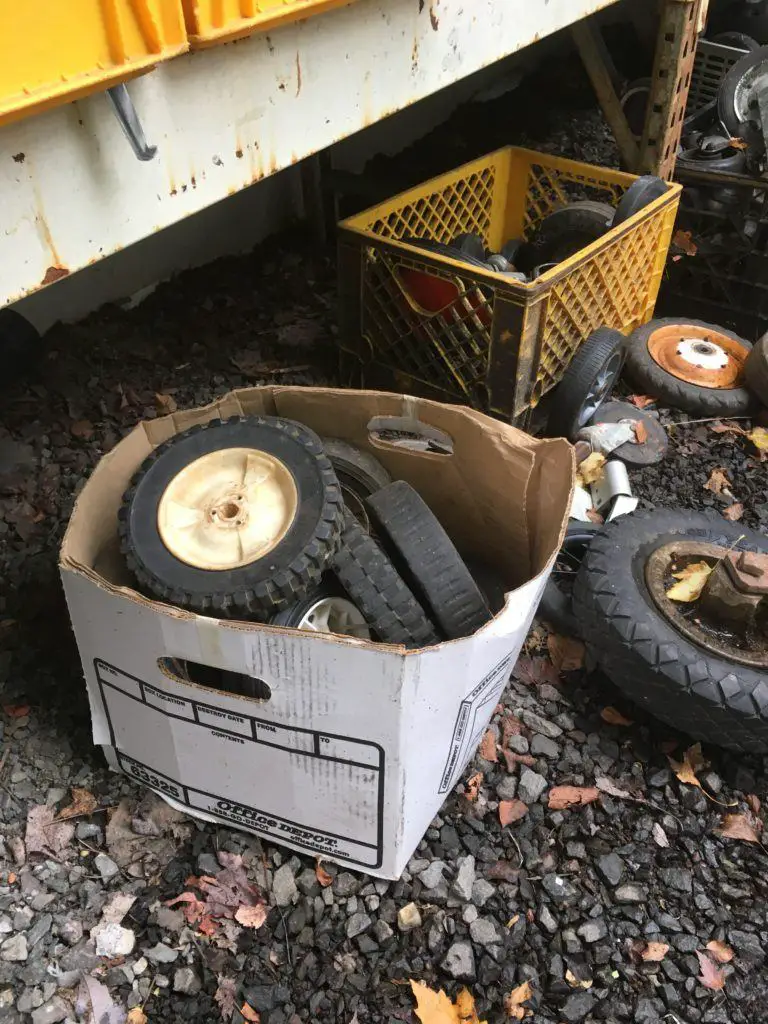
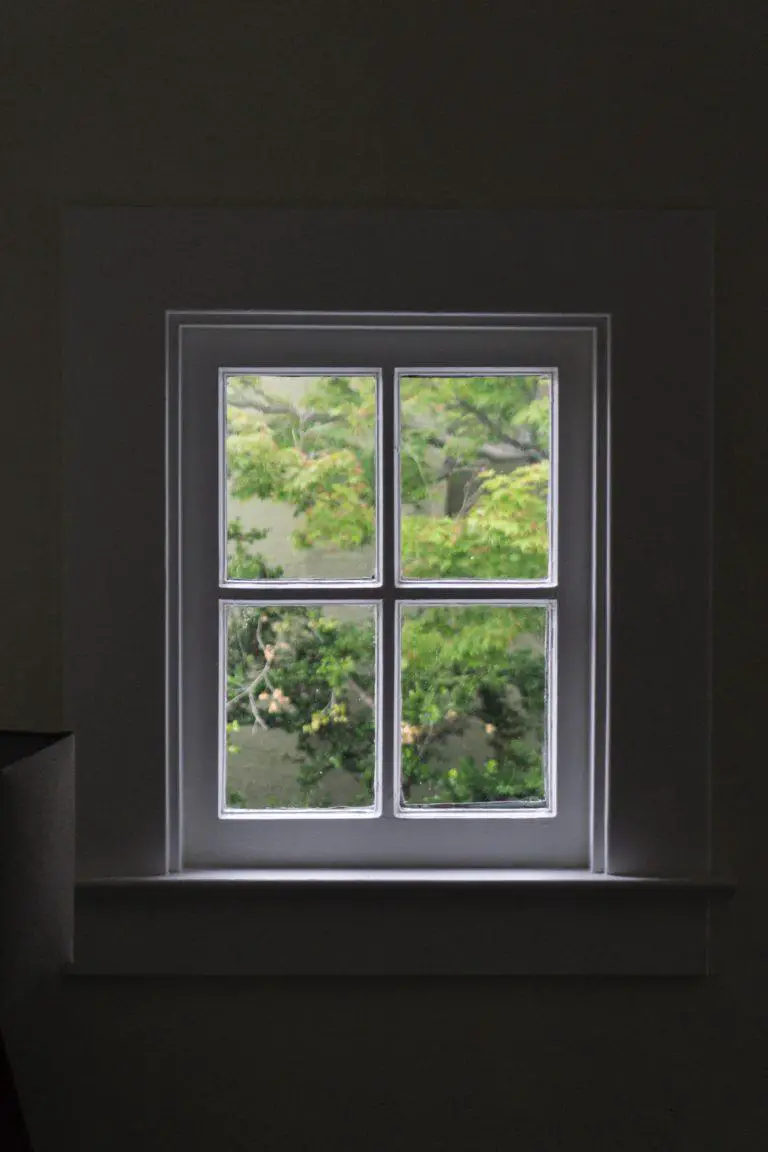
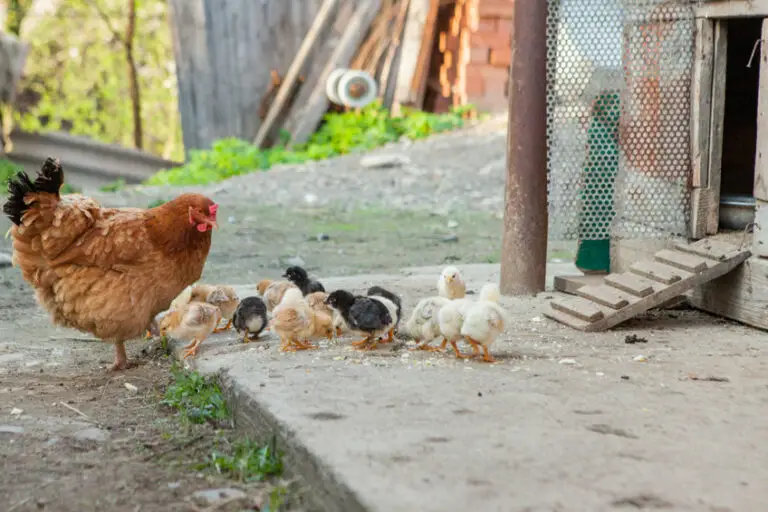
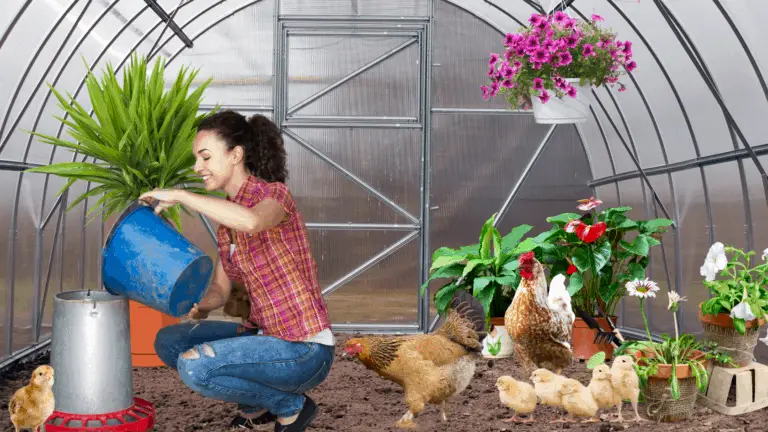
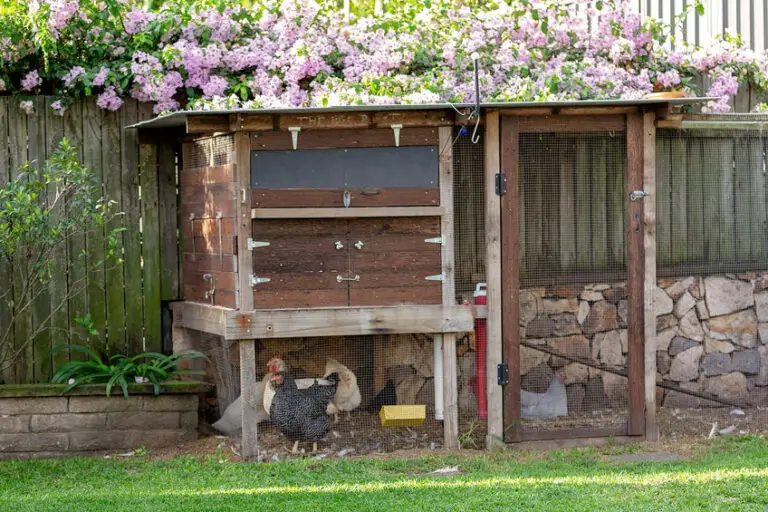

Tom,
I had never thought of sprucing up the coop before. I created a fun little playground for my chicks, but I never thought of providing greenery around the coop. This idea will help with the aroma of the coop as well.
Man, it pays to read! Thanks for the great ideas and the list of toxic plants to avoid completely. I plan to keep my plants a bit away from the coop, but it is still best not to put anything that could be harmful to my little feathered babies anywhere near them.
Awesome idea, thanks again.
Stacie
Thanks for checking out our article and your thoughtful response. I’m glad you found some useful nuggets of info about which plants to avoid for your flock. Best of luck to you with your feathered friends!
Such a wonderful article!! I learned a lot! Thank you so much for sharing! Our chickies are going to love this!
Many Blessings, Dee
Hello Dee, thanks for the comment! So glad you found the info you were looking for:)